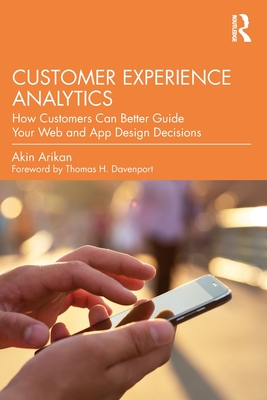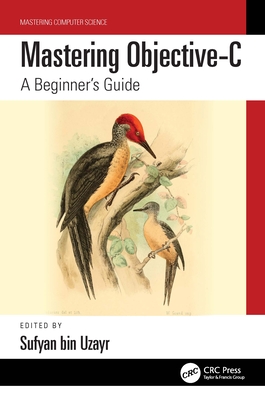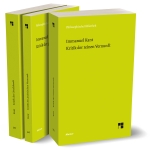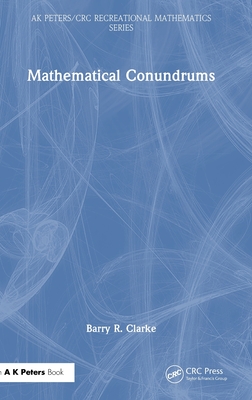图书简介
This book brings together the papers presented at the Smart and Sustainable Built Environments Conference, 2018 (SASBE).This latest research falls into two tracks: smart and sustainable design and planning cities; and the technicalities of smart and sustainable buildings. The growth of smart cities is evident, but not always linked to sustainability. This book gives an overview of the latest academic developments in increasing the smartness and sustainability of our cities and buildings. Aspects such as inclusivity, smart cities, place and space, the resilient city, urbanity and urban ecology are prominently featured in the design and planning part of the book; while energy, educational buildings, comfort, building design, construction and performance form the sub-themes of the technical part of the book.
This book will appeal to urban designers, architects, urban planners, smart city designers and sustainable building experts.
Part I: Design and Plan for Smart and Sustainable Cities.- Chapter 1 Introduction.- Chapter 2 Towards integration of smart and sustainable cities.- Part II: The Resilient City.- Chapter 3 Resilient spatial planning for drought-flood coexistence (dfc): outlook towards smart cities.- Chapter 4 Globalization and transformations of the city of Sydney.- Chapter 5 Post-earthquake recovery in Nepal.- Chapter 6 Analyzing the potential of land use transformation in the urban structuring and transformation axes in São Paulo: a case study in the Belenzinho neighbourhood.- Part III: Urbanity.- Chapter 7 Implementing a new human settlement theory: strategic planning for a network of circular economy innovation hubs.- Chapter 8 Density and quality of life in Mashhad, Iran.- Chapter 9 Deep renovation in sustainable cities: zero energy, zero urban sprawl at zero costs in the abracadabra strategy.- Part IV: Smart Cities.- Chapter 10 Application of fuzzy AHP for ranking and selection of innovation in infrastructure project management.- Chapter 11 The role of smart city initiatives in driving partnerships: a case study of the Smart Social Spaces Project, Sydney Australia.- Chapter 12 Enabling smart participatory local government.- Chapter 13 Data management using computational building information modeling for building envelope retrofitting.- Part V: Urban Ecology.- Chapter 14 Australia’s urban biodiversity: how is adaptive governance influencing land-use policy?.- Chapter 15 Mapping the permeability of urban landscapes as stepping stones for forest migration.- Chapter 16 Contemporary urban biotopes: lessons learned from four recent European urban design plans.- Chapter 17 The influence of landscape architecture on landscape construction health and safety.- Part VI: Space and Place.- Chapter 18 A multi-criteria decision analysis based framework to evaluate public space quality.- Chapter 19 Factors influencing urban open space encroachment: the case of Bloemfontein, South Africa.- Chapter 20 Urban agricultural practices in the megacities of Dhaka and Mumbai.- Chapter 21 Re-imagining Urban Leftover Spaces.- Chapter 22 A new model for place development – bringing together regenerative and placemaking processes.- Part VII: Inclusivity.- Chapter 23 Public participation: A sustainable legacy for Olympic Parks.- Chapter 24 Adaptation of “participatory method” in design “for/with/ by” the poor community in Tam Thanh, Quang Nam, Vietnam.- Chapter 25 Fifty years of inclusive transport building design.- Part VIII: Energy.- Chapter 26 The total cost of living in relation to energy efficiency upgrades in the Dutch, multi-residential building stock.- Chapter 27 Analysis of the energy-saving in the conference center atrium.- Chapter 28 Sharing urban renewable energy generation systems as private energy commons.- Chapter 29 Identifying bottlenecks in the photovoltaic systems innovation ecosystem – an initial study.- Chapter 30 A user-led approach to smart campus design at a university of technology.- Part XI: Comfort.- Chapter 31 Outdoor comfort in metro Manila: mitigating thermal stress in typical urban blocks by design.- Chapter 32 Markov logic network-based group activity recognition in smart buildings.- Chapter 33 Impacts of highly reflective building façade on the thermal and visual environment of an office building in Singapore.- Chapter 34 A field survey on thermal comfort of occupants and cold stress in CLT school buildings.- Part X: Green Building.- Chapter 35 Towards self-reliant development: capacity gap within the built environment of Mt. Elgon rural inhabitants.- Chapter 36 Mainstreaming real sustainability in architecture.- Chapter 37 Green buildings in Australia: explaining the difference of drivers in commercial and residential sector.- Part XI: Construction.- Chapter 38 Sustainable waste management practices during
Trade Policy 买家须知
- 关于产品:
- ● 正版保障:本网站隶属于中国国际图书贸易集团公司,确保所有图书都是100%正版。
- ● 环保纸张:进口图书大多使用的都是环保轻型张,颜色偏黄,重量比较轻。
- ● 毛边版:即书翻页的地方,故意做成了参差不齐的样子,一般为精装版,更具收藏价值。
关于退换货:- 由于预订产品的特殊性,采购订单正式发订后,买方不得无故取消全部或部分产品的订购。
- 由于进口图书的特殊性,发生以下情况的,请直接拒收货物,由快递返回:
- ● 外包装破损/发错货/少发货/图书外观破损/图书配件不全(例如:光盘等)
并请在工作日通过电话400-008-1110联系我们。
- 签收后,如发生以下情况,请在签收后的5个工作日内联系客服办理退换货:
- ● 缺页/错页/错印/脱线
关于发货时间:- 一般情况下:
- ●【现货】 下单后48小时内由北京(库房)发出快递。
- ●【预订】【预售】下单后国外发货,到货时间预计5-8周左右,店铺默认中通快递,如需顺丰快递邮费到付。
- ● 需要开具发票的客户,发货时间可能在上述基础上再延后1-2个工作日(紧急发票需求,请联系010-68433105/3213);
- ● 如遇其他特殊原因,对发货时间有影响的,我们会第一时间在网站公告,敬请留意。
关于到货时间:- 由于进口图书入境入库后,都是委托第三方快递发货,所以我们只能保证在规定时间内发出,但无法为您保证确切的到货时间。
- ● 主要城市一般2-4天
- ● 偏远地区一般4-7天
关于接听咨询电话的时间:- 010-68433105/3213正常接听咨询电话的时间为:周一至周五上午8:30~下午5:00,周六、日及法定节假日休息,将无法接听来电,敬请谅解。
- 其它时间您也可以通过邮件联系我们:customer@readgo.cn,工作日会优先处理。
关于快递:- ● 已付款订单:主要由中通、宅急送负责派送,订单进度查询请拨打010-68433105/3213。
本书暂无推荐
本书暂无推荐













